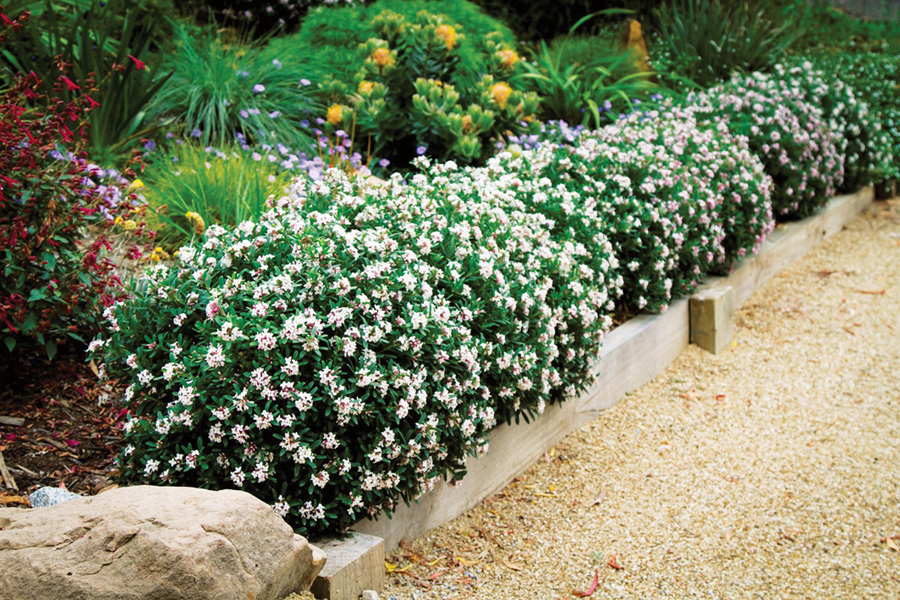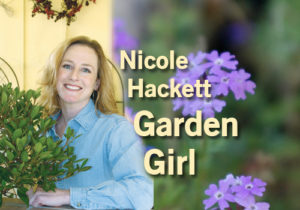Enjoy February’s garden beauty – but get to work

 CLAYTON, CA (Feb. 17, 2024) — February is one of my favorite months in the garden.
CLAYTON, CA (Feb. 17, 2024) — February is one of my favorite months in the garden.
Daphne flowers perfume the air, camellia branches arc heavy with blossoms, tulip magnolia trees create striking displays of boldly colored saucers, simple-petaled hellebores bow with jewel tones, and pink buds open to white blossoms of jasmine polyanthum rambling along fences and trellises.
There is so much color to enjoy – but also garden chores that need to be completed.
Daphne shrubs have basil-shaped, leathery leaves of either dark green or dark green with yellow margins. The branches are mahogany colored and flexible. Daphne starts to bloom in February and the flowers last nearly through March.
Tight clusters of pink buds slowly open to expose white, star-shaped flowers. Although the flowers are beautiful, the fragrance is absolutely intoxicating.
Install Daphne in mostly shade with partial sun. They require just enough water to establish, then it’s a hands-off growing experience. Daphne can be fickle in the garden. Without notice, she can up and die. It is a risk vs. reward situation since the fragrance of this evergreen is so worth it.
Camellias and Tulip Magnolias
Camellia japonica is also just beginning to pop into bloom. Large, peony-shaped flowers in all shades of red, pink and white cover this dense shrub this time of year.
Camellias are forgiving bushes. They do best when installed in filtered light or morning sun. Keep them looking their best by giving them regular fertilizer. Camellias enjoy being pruned after blooming to keep shrubs fresh. They are also deer resistant.
Tulip magnolias are spring’s most dramatic ornamental tree. They display huge, goblet-shaped flowers of cream, purple, mauves and reds.
These sought-after landscape installations do great in full to afternoon sun. They thrive in the spring months. The summer sun can burn their leaves, but this is expected. The spring beauty is worth every bit of summer burn.
Tulip magnolia trees can reach 10-15 feet tall and about half as wide, so plan accordingly before installation.
Consider adding a tulip magnolia where you have crape myrtle as they make excellent companions.
Jasminum polyanthum is a vine commonly called pink jasmine. It blooms from February through most of April, with pink buds that open to white, star-shaped blooms. Carolina Jessamine is generically called yellow jasmine. Young vines do best when pruned back after blooming to promote dense foliage growth.
Hellebores are unique, shade-loving, drought-tolerant perennials. They have palmate-shaped leaves and simple petaled blossoms of light and dark jewel tones. Every shade garden needs hellebores.
Pests and weeds
If you haven’t done so yet, stone fruit trees need their final application of copper fungicide. This late winter dose is the most important and should be done while your trees are in bud, but before the buds open.
Those who have struggled with pests should also apply dormant spray oil to their fruit and citrus trees at this time.
As the winter rains continue, it’s an excellent opportunity to use multi-purpose granular fertilizer beneath the driplines of landscape shrubs and ornamental trees. You can also put it in flower beds.
Those who install summer vegetables should begin to get control of their veggie beds. Hand pull weeds, top off soil levels with a nutrient-rich soil conditioner and add organic ingredients such as alfalfa meal and bone meal, chicken or steer manure. Begin preparations now to ensure rich growing conditions once it’s time to plant summer vegetables.
You can contact Nicole with questions or comments by email at gardengirl94517@yahoo.com

Nicole Hackett
Nicole is the Garden Girl at R&M Pool, Patio, Gifts and Garden. You can contact her with questions or comments by email at gardengirl94517@yahoo.com
